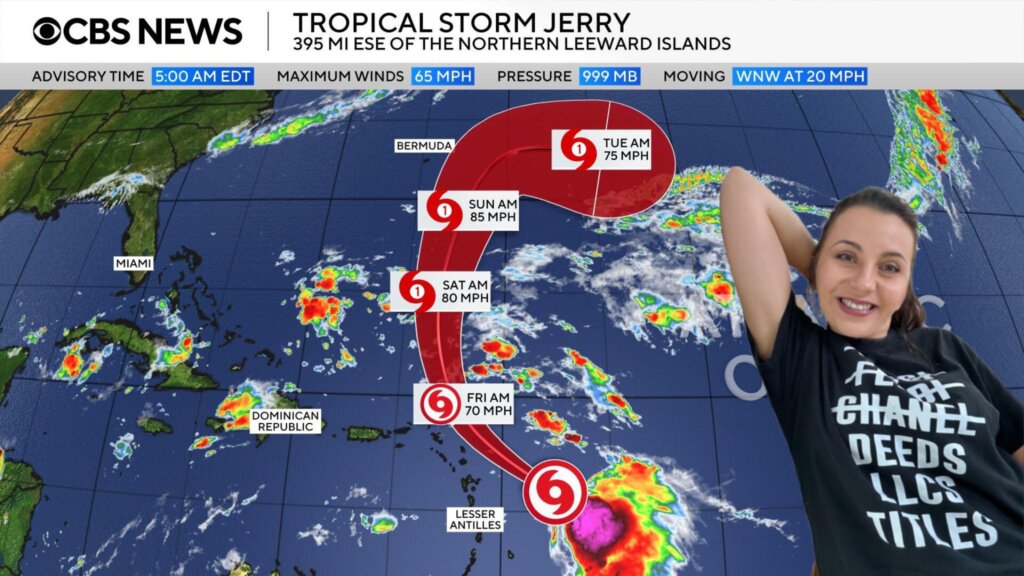
Ok, folks, we were incredibly lucky last time.
When Hurricane Imelda decided to throw a fit, yell “That’s it, I’m leaving this country!” and veer 90 degrees back into the Atlantic, — that was a cosmic favor.
But we can’t rely on luck every single time. We live in the Southeast. Tropical storms and hurricanes are part of the deal. Every season, we spin that roulette wheel: some years we dodge it, others it hits close enough to shake the windows. Whether you’re a homeowner, landlord, or investor, preparation is the difference between a small inconvenience and a financial disaster.
1. Secure the Structure Before the Storm
If you own along the Grand Strand (Myrtle Beach, Surfside, Murrells Inlet, or Conway) you know the drill. But “knowing” isn’t the same as doing.
✅ Roof check:
Inspect shingles and flashing. One missing piece can lead to $10K+ interior damage.
If you’re renting property, schedule this before June — not when the radar turns red.
✅ Gutters & drainage:
Clogged downspouts mean water in your crawlspace. Clean them now, not when it’s pouring sideways.
✅ Windows & doors:
Upgrade to impact-resistant glass or keep plywood panels pre-cut for each window. Label and store them — future you will thank you.
✅ Garage doors:
Weakest point in the house. Reinforce with braces or retrofit kits — once it buckles, wind pressure can take the whole roof.
2. Protect What Pays the Bills
If you’re a landlord or investor, your property is your income stream. Treat it like an asset, not a souvenir.
✅ Insurance audit:
- Check if your policy covers wind-driven rain and flooding (two separate items).
- Reassess your coverage limits: construction costs jumped 20–30% since 2021.
- Add loss-of-rent coverage for investment properties — it’s cheap and can save months of vacancy losses.
✅ Document everything:
Take a full photo/video walkthrough before storm season. Upload to Google Drive or your property management folder. Insurance companies love documentation; they hate “I think it was like that before.”
✅ Backup plan for tenants:
Create a 1-page emergency contact sheet: evacuation routes, utility shutoff, your contact info, and local shelters.
3. Power, Water & Communication
✅ Generators:
If it’s your personal home or high-end rental, a dual-fuel generator is worth its weight in gold. For condos, a portable power bank + LED setup keeps essentials running.
✅ Waterproof & elevate:
Move electronics, files, and valuables off ground level.
If you have a crawlspace or garage storage, use plastic bins — not cardboard boxes.
✅ Wi-Fi backup:
During power outages, mobile hotspot plans or a Starlink mini can keep business running. If you manage rentals, staying connected avoids chaos.
4. Prep Smart, Not Panicked
Hurricanes aren’t personal — they’re predictable. You don’t have to fear them; you just have to respect the math.
Keep this rotation checklist handy every year:
✔️ Before the season (June 1):
- Inspect roof, trees, and gutters
- Review insurance & update photos
- Stock batteries, water, non-perishables
✔️ When a storm is 3–5 days out:
- Secure patio furniture & trash cans
- Fill gas tanks & propane
- Back up important files
- Notify tenants / family contacts
✔️ After the storm:
- Inspect property safely (no flip-flops and selfies)
- Document all visible damage
- File insurance immediately — early claims get faster adjusters
Crisis-ready operators always come out stronger. When others scramble, your property stands solid, rent continues, and buyers trust your management style. That reputation builds equity faster than a storm can tear it down.
I’ve personally seen investors in Conway pick up undervalued properties post-hurricane, add resilience upgrades, and turn them into top-tier rentals with better insurance discounts. That’s not “luck.” That’s leverage.
We can’t control hurricanes, but we can absolutely control our readiness, our strategy, and our response. So yeah, maybe Imelda decided to ghost us last time.
But next time? She might just text: “Surprise, I’m back.” Let’s not rely on luck, let’s rely on preparation.
